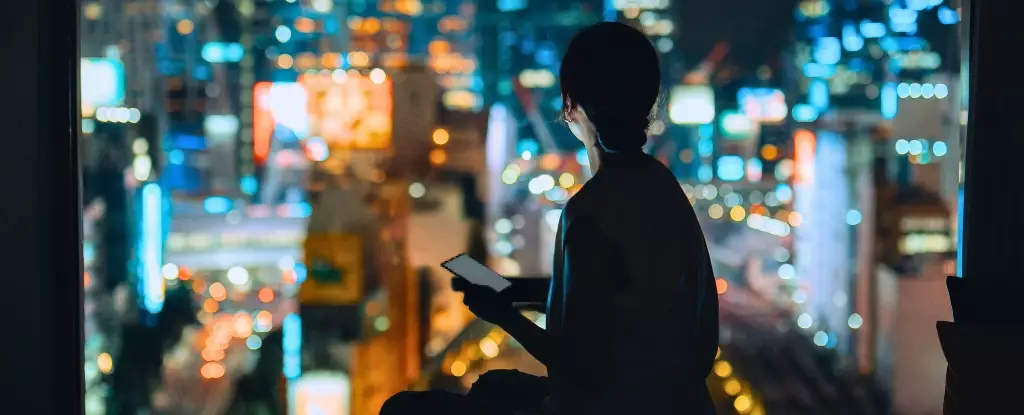In a world saturated with screens and artificial lighting, it’s easy to dismiss the subtle signals that our environment may be jeopardizing our health. Conventional wisdom has long regarded sleep disturbances as the primary threat to cardiovascular health, but emerging research suggests a more insidious culprit: light pollution during night hours. The modern demand for constant connectivity and illumination could be silently ramping up a public health crisis, all beneath our subconscious awareness. This isn’t just about the inconvenience of disturbed sleep; it’s about the biological chaos that artificial night lighting instigates, disrupting our innate circadian rhythms, and in the process, pushing us toward heart disease and stroke.
Throughout history, humans have evolved to align their activity patterns with the natural cycle of day and night. Light acts as a biological cue, orchestrating processes from hormone production to blood pressure regulation. Yet, our relentless obsession with brightness—whether through illuminated screens, streetlights, or illuminated bedrooms—upends this delicate system. New findings indicate that exposure to light at night isn’t just a trivial nuisance but could be fueling a dangerous increase in cardiovascular conditions. To dismiss this as anecdotal or insignificant would be a grave mistake, especially since the link appears more compelling with each passing study.
The Science Behind Light and Heart Disease: A Stark Connection
A groundbreaking yet preliminary investigation analyzed data from nearly 90,000 adults using wrist sensors to monitor nocturnal light exposure. The longitudinal nature of the study, tracking health outcomes over nearly a decade, lends weight to its findings. Those exposed to the most light during nighttime hours exhibited a dramatically higher incidence of heart-related issues—an alarmingly clear signal that our bodies’ internal clocks are not just inconvenient, but vital to our survival.
Crucially, the study adjusted for traditional risk factors such as smoking, diet, physical activity, and socioeconomic status, isolating light exposure as a probable independent contributor. The consistency of the association, particularly among women and younger individuals for specific cardiovascular outcomes, underscores how pervasive and potentially damaging this issue may be. This isn’t about blaming individuals but rather recognizing a systemic problem: the pervasive glow from our devices and urban environments that we often ignore as harmless.
What’s most alarming is the biological plausibility underpinning these observations. Circadian disruption affects blood pressure control, glucose regulation, and even blood clotting tendencies—all factors instrumental in heart disease development. With light at night possibly promoting hypercoagulability, or a state within the blood more prone to clotting, the risk of heart attacks, strokes, and heart failure rises. Despite the study not proving causality, the correlation is powerful enough to warrant immediate public health attention.
A Societal Reckoning and Personal Responsibility
Given the ubiquity of artificial lighting, the obvious question is: what can individuals do? The answer isn’t just about personal habits like turning off the TV or sleeping in a dark room—it’s about reimagining our entire environment. Encouragingly, shutting down screens, insulating bedrooms from streetlights, and adopting circadian-friendly routines could serve as practical, accessible steps toward safeguarding heart health.
However, this issue reflects broader systemic failures in urban planning, technological dependence, and cultural norms. Society’s obsession with brightness—highlighted by our 24/7 economy and the normalization of illuminated screens—contributes to a health crisis juxtaposed with convenience. It’s a paradox: our pursuit of comfort and productivity might be silently shortening lives. If policymakers and communities prioritize reducing light pollution, it could become a collective effort with meaningful impact.
What’s clear is that awareness is the first step. If sleep hygiene once focused merely on noise or caffeine, now it must include the quality and darkness of our sleeping environments. We need to challenge the narrative that light at night is inert or benign. Instead, it demands recognition as a modifiable risk factor—one that, if addressed, could potentially save countless lives from preventable heart conditions. This isn’t alarmism, but a call for reflection, innovation, and action—aligning our lifestyles with the profound wisdom encoded in our biology.


Leave a Reply